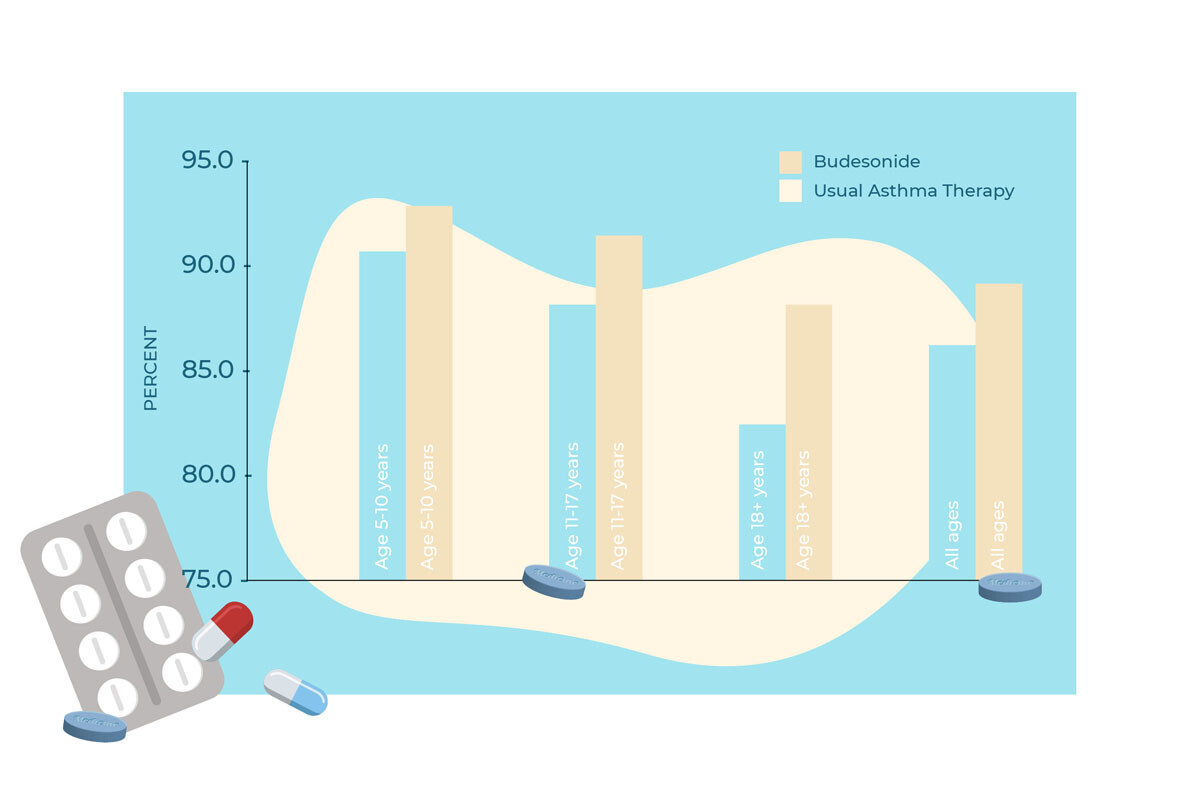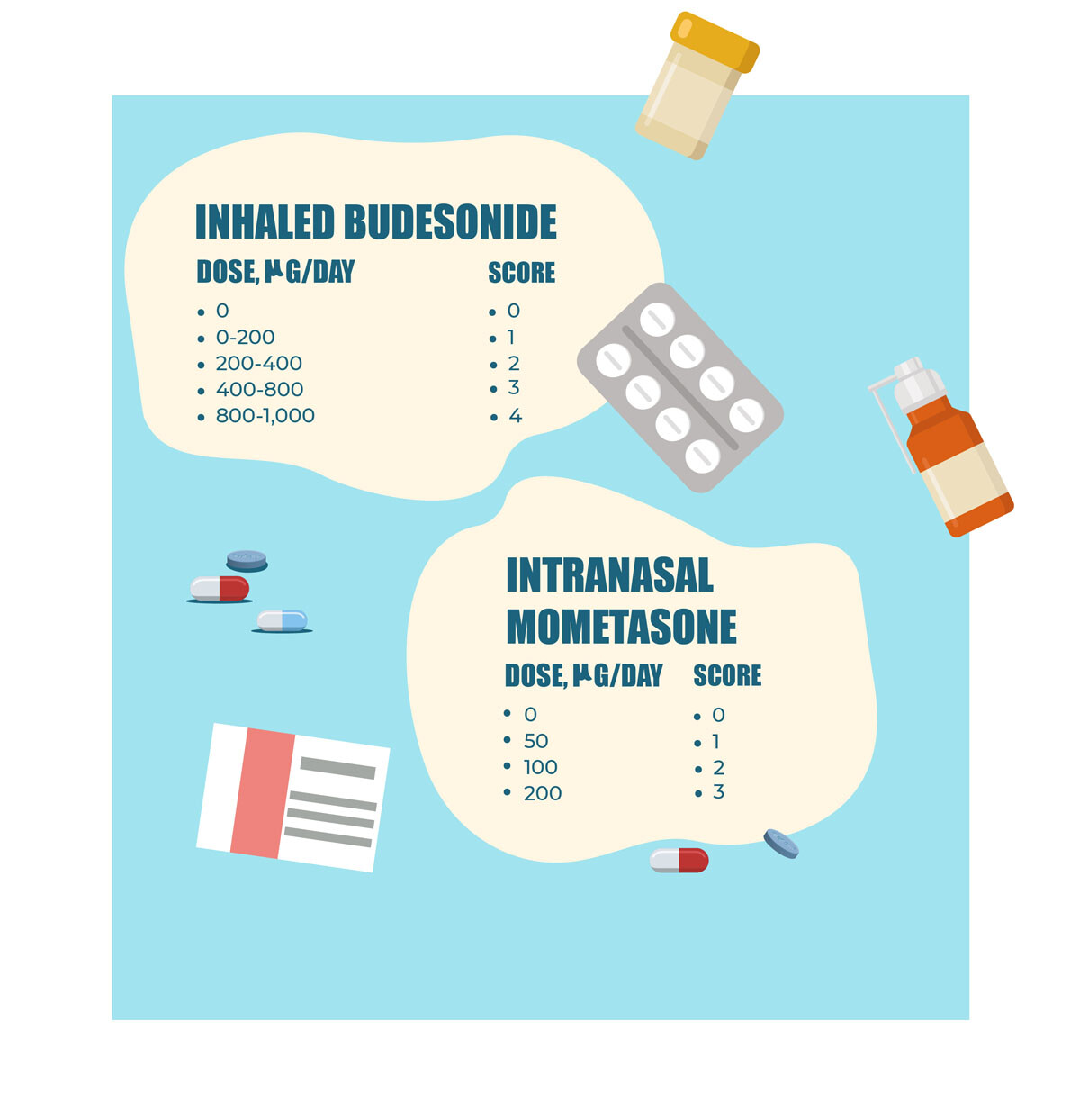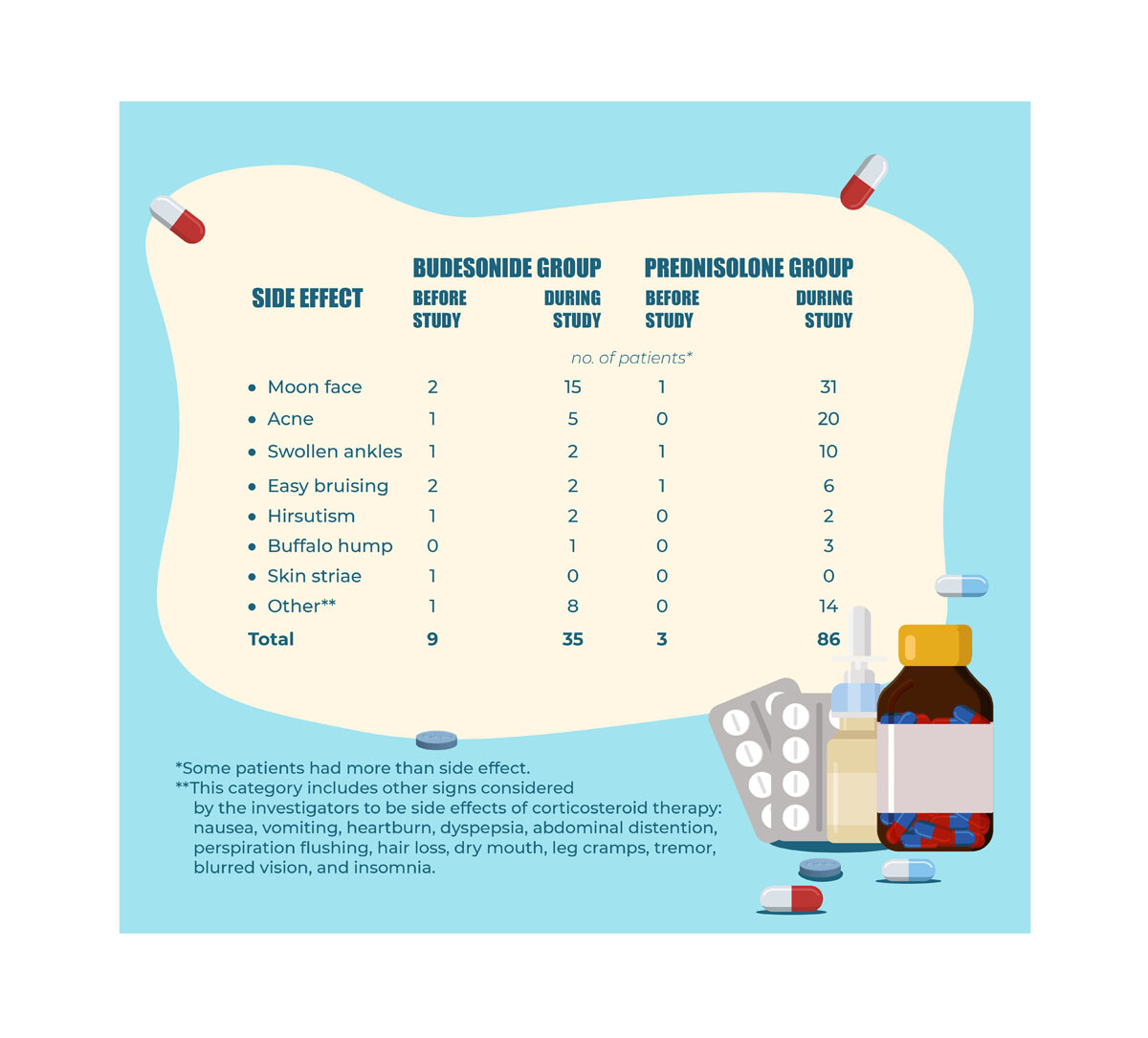Rhinocort (Budesonide)

Dosages
Rhinocort 100 mcg
| Quantity | Price per pill | Total price | |
|---|---|---|---|
| 1 | $42.00 | $42.00 | |
| 2 | $36.50 | $73.00 | |
| 3 | $34.67 | $104.00 | |
| 4 | $33.75 | $135.00 | |
| 5 | $33.40 | $167.00 | |
| 6 | $33.00 | $198.00 | |
| 7 | $32.71 | $229.00 | |
| 8 | $32.50 | $260.00 | |
| 9 | $32.44 | $292.00 | |
| 10 | $32.30 | $323.00 |
Payment & Shipping
Your order is securely packed and usually ships within 24 hours. Below is what a standard package looks like.
It is about the size of a regular letter (9.4x4.3x0.3 inches) and shows no details about what is inside.



| Shipping Method | Estimated delivery |
|---|---|
| Express Free for orders over $300.00 | Estimated delivery to the U.S.: 4-7 days |
| Standard Free for orders over $200.00 | Estimated delivery to the U.S.: 14-21 days |









Discount Coupons
- Independence Day - July 4, 2025 10% JULY410
- Labor Day - September 1, 2025 7% LABOR07
- Thanksgiving - November 27, 2025 9% THANKS09
Brand Names
| Manufacturer | Brand Names |
|---|---|
| Cipla Limited | Budenase AQ |
FAQ
Description
What Is Budesonide Inhaler (Rhinocort Inhaler)
What is budesonide? Budesonide is an active synthetic glucocorticoid used to treat allergic and inflammatory respiratory diseases. It has negligible mineral corticosteroid activity. It belongs to the drugs of prolonged action with the possibility of single dosing. Is budesonide a steroid? Yes, it is actively used in inhalers for asthmatics.
What is budesonide used for? Budesonide is characterized by local anti-inflammatory action due to its high lipophilicity and ability to penetrate intracellularly to bind with glucocorticoid receptors. Inhalation treatment of the respiratory system has several advantages over oral therapy, i.e., using traditional dosage forms-syrups, drops, and pills. One of the few sputum expectorants that can be used by inhalation is Rhinocort.
The most important condition for the effectiveness of any inhalation device is the deposit of medication in the respiratory tract. Pulmonary deposit of drugs when using different inhalers varies from 4 to 60% of the measured dose. The ideal delivery device should provide a large fraction of the drug deposit in the lungs, be simple enough to use, reliable, and accessible for use at any age and in severe forms of the disease.
The success of bronchopulmonary treatment today is primarily determined by the choice of the "perfect drug in the perfect inhaler" for each individual. Different types of inhalation devices have advantages and disadvantages, as well as their own rules for use. At the same time, it will be difficult to achieve the desired effect without exact observance of the inhalation technique. The Rhinocort inhaler is objectively a good device that helps even with very severe forms of the disease.

What Is Budesonide Used For - Indications
Rhinocort inhalers are designed to fight various respiratory system diseases, but they can also be used for prevention. Procedures are generally prescribed to alleviate dry coughs with colds. Budesonide generic helps relieve swelling and moisten the airways. Cough with sputum is also treated with an inhaler, which allows you to remove sputum from the lungs.
Rhinocort is also used to strengthen the immune system and for the following acute and chronic conditions:
- Runny nose.
- Acute or chronic rhinitis.
- Mild forms of bronchitis.
- An acute form of pneumonia.
- Fungal and viral lesions.
- Inflammation of mucous membranes.
Another inhaler is used in complex diseases with acute attacks - asthma and allergic reactions - for rapid relief. Medicines, in such cases, are chosen by the doctor.
Contraindications
Any medication can have side effects. However, many people have little or no side effects. Contact your doctor or seek medical help if these or any other side effects bother you or do not go away:
- Hypersensitivity.
- Severe violations of the hepatic functional state.
- Infections of the gastrointestinal tract (bacterial, amoebic, fungal, viral.
- Age up to 18 years.
- Fungal infections of the respiratory system.
- The active form of pulmonary tuberculosis.
- Respiratory tuberculosis.
- Bacterial, fungal, and viral respiratory infections.
IMPORTANT: Nebulizer therapy can be harmful to the body if contraindications are present. The procedure has several nuances that may affect its effectiveness. Before carrying out inhalations at home, be sure to consult with your doctor. However, it is safer to make an appointment at a medical center and undergo treatment under the supervision of a specialist. After careful analysis, the doctor will prescribe the necessary medications and determine the course duration and the type of nebulizer used.
Pharmaceutical Form
Pressurized inhalation, suspension. Specified individually, depending on indications, age, and dosage form.
How Budesonide Works - Therapeutic Effect
Sprayed by Rhinocort, inhaler medication starts to work almost immediately, which allows the nebulizer to be used primarily for treating diseases requiring immediate intervention, such as asthma and allergies. Another group of diseases in which inhalation is necessary - chronic inflammatory processes of the respiratory tract, such as chronic rhinitis, chronic bronchitis, bronchial asthma, chronic broncho-obstructive pulmonary disease, cystic fibrosis, etc.
However, the scope of their application is broader than this. They are good for treating acute respiratory diseases, laryngitis, rhinitis, pharyngitis, fungal lesions of the upper respiratory tract, and the immune system. Inhalers help with the professional illnesses of singers, teachers, miners, and chemists. The nebulizer treatment regimen is chosen individually by the therapist. Special drug solutions for nebulizer therapy are available in vials or plastic containers-nebulizers.
Rhinocort Inhaler Application Basic Rules
Before Rhinocort inhalation, the first thing to do is wash your hands thoroughly with soap and water to avoid germs. Then, carefully reading the supplied instructions, you must connect all device parts. After that, the necessary amount of medicine (at least 5 ml) is poured into the nebulizer cup. Initially, the physiological solution is poured in, followed by the required dose of medicine.
Only sterile needles and syringes should be used for filling. When everything is ready for the procedure, a mask is put on, and inhalation therapy can begin. It is essential to ensure the drug's suitability, so you should check the expiration date each time.
Many people are interested in the question: how many minutes does nebulizer inhalation take? The procedure should be carried out until the drug solution is wholly consumed. In total, it takes up to 10 minutes. The duration of one course should not exceed this time. When finished, all parts of the nebulizer are rinsed under hot water without any improvised means, using a standard soapy solution.
Before carrying out the procedure, you should carefully study the instructions for the inhalation device. Rhinocort can be used in various modern inhalers, including ultrasonic, compression, and mesh inhalers. The exception is devices in which the drug is heated, such as steam inhalers.
The way to administer preparations for inhalation is simple. Regardless of the type of device that will be used for the procedure, it is recommended that the solution for inhalation preparation be warmed up to body temperature before use. It is then poured into the clean, dry reservoir of the inhaler, and the procedure begins. Breathing deeply during inhalation therapy is not recommended as this may provoke a coughing fit. To avoid this, it is best to maintain the usual breathing rhythm during inhalation without sharp or deep breaths.
Budesonide Dosage
Budesonide dosage: 200-1600 mcg daily, in 2-4 doses. Follow all directions on the prescription label. Your doctor may change your dose from time to time to ensure the best results. Do not use this medicine in larger or smaller amounts or for longer than recommended.

For Adults
The basic rules of inhalation therapy in children also apply to adult patients. They, too, are advised to inhale only one hour or more after a meal. In addition, it is forbidden to smoke for an hour before and after the procedure. Talking during inhalation therapy is also extremely undesirable. In adults with severe airway obstruction, the daily dose may be increased up to 1600 mcg/day if administered repeatedly.
For Children
Budesonide is allowed for children aged 5-12 years. The dose is 200-400 mcg/d. Budesonide therapy can be used at any age, as patients do not need to breathe and perform certain activities at the same time, such as squeezing the bottle, holding the nebulizer, etc., which is particularly important in young children.
Reactions Caused by Overdose
No specific symptoms of overdose in humans have been described. There have been reports of accidental overdose and/or medical error resulting in the following symptoms of known side effects of Rhinocort: nausea, dyspepsia, vomiting, diarrhea, and abdominal pain.
Budesonide Side Effects
Systemic effects can occur with any inhaled corticosteroid, especially when high doses are administered over a long period. These effects are likely to occur significantly less with inhaled corticosteroids than with oral corticosteroids.
Budesonide Side Effects:
- Headache.
- Stuffy Or Runny Nose.
- Sore Throat.
- Diarrhea.
- Loss Of Appetite.
- Stomach Pain.
- Difficulty Falling Asleep Or Staying Asleep. 8.
- Neck Or Back Pain.
- Ear Infections.
- Nosebleeds and others.
Common Side Effects
Deep breathing may cause symptoms of hyperventilation (dizziness, nausea, coughing). It is necessary to stop inhalation, breathe through the nose, and calm down. During inhalation, coughing may occur as a reaction to the injection of the spray solution.

Serious Side Effect
Esophageal candidiasis, gastroenteritis, growth retardation in children, osteoporosis (more than 1500 mcg per day - significant decrease in bone mineral density), cataracts, hypertension, hypercorticism, hyperglycemia, menstrual disorders, fever, mental disorders (anxiety, aggressive reactions, depression, psychosis), rectal bleeding, nosebleeds.
Other Types of Budesonide
Nasal scabs, nasal bleeding, persistent rhinorrhea, and nasal congestion, lacrimation, sore throat, hoarseness, cough, drowsiness, dizziness, nausea or vomiting, stomach pain, loss of sense of taste or smell. Nasal and pharyngeal candidiasis, atrophic rhinitis, nasal mucosal ulceration, septal perforation, conjunctivitis, increased intraocular pressure, glaucoma, cataracts, muscle pain, shortness of breath, allergic reactions, tinnitus.
Drugs or Supplements Interaction With Budesonide
No effects have been reported with inhaled use. Increased potassium excretion may be noted with oral budesonide; therefore, the effects of cardiac glycosides and saluretics may be enhanced.
Application During Pregnancy and Lactation
Many other medicines can interact with budesonide, including prescription and over-the-counter medicines, vitamins, and herbal products. Tell each of your healthcare providers about all the medicines you are taking now and about any medicines you are starting or stopping.
Precautions and Recommendations
Several rules should be observed when administering Rhinocort:
- Solutions for inhalation should be prepared under sterile conditions with 0.9% sodium chloride as a solvent;
- Do not use tap water (even boiled water);
- utensils in which the solution is prepared should be disinfected by boiling in advance;
- Store the prepared solution in the refrigerator for no more than a day;
- Before use, be sure to warm in a water bath to a temperature of at least 20 degrees Celsius.
Alternatives to Budesonide Medication
A generic version containing budesonide and formoterol is equivalent to Symbicort. Generic can also be a cheaper alternative to an inhaler.
Rhinocort appears as a key player in treating allergic rhinitis, offering relief from uncomfortable symptoms like itching, sneezing, and nose congestion. Its strong anti-inflammatory qualities provide both safety and efficacy, enabling people to greatly enhance their quality of life without dealing with the typical side effects of other nasal corticosteroids. Allergy rhinitis patients can breathe more easily and feel more comfortable with Rhinocort, which opens the door to a better and more symptom-free future.
























